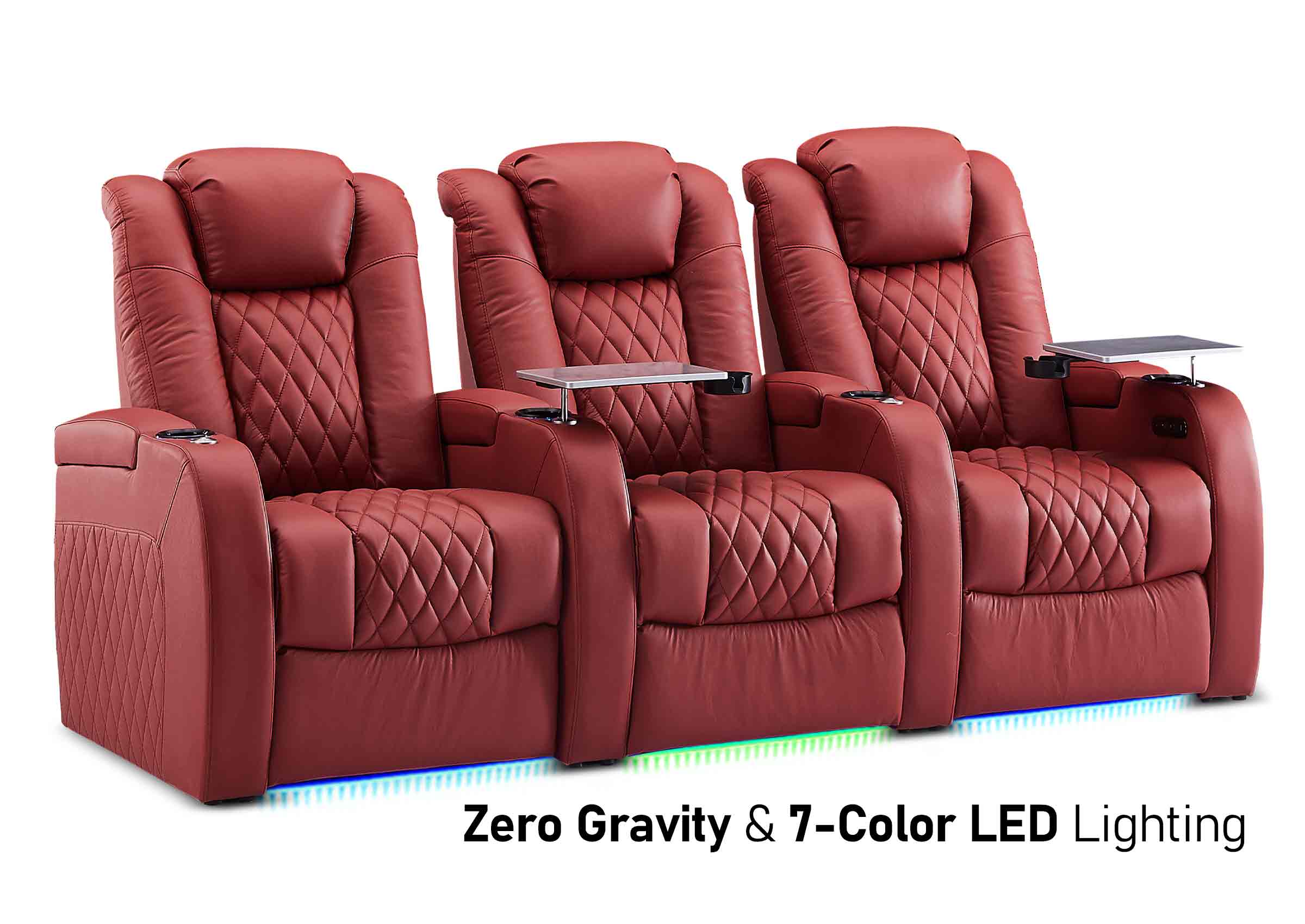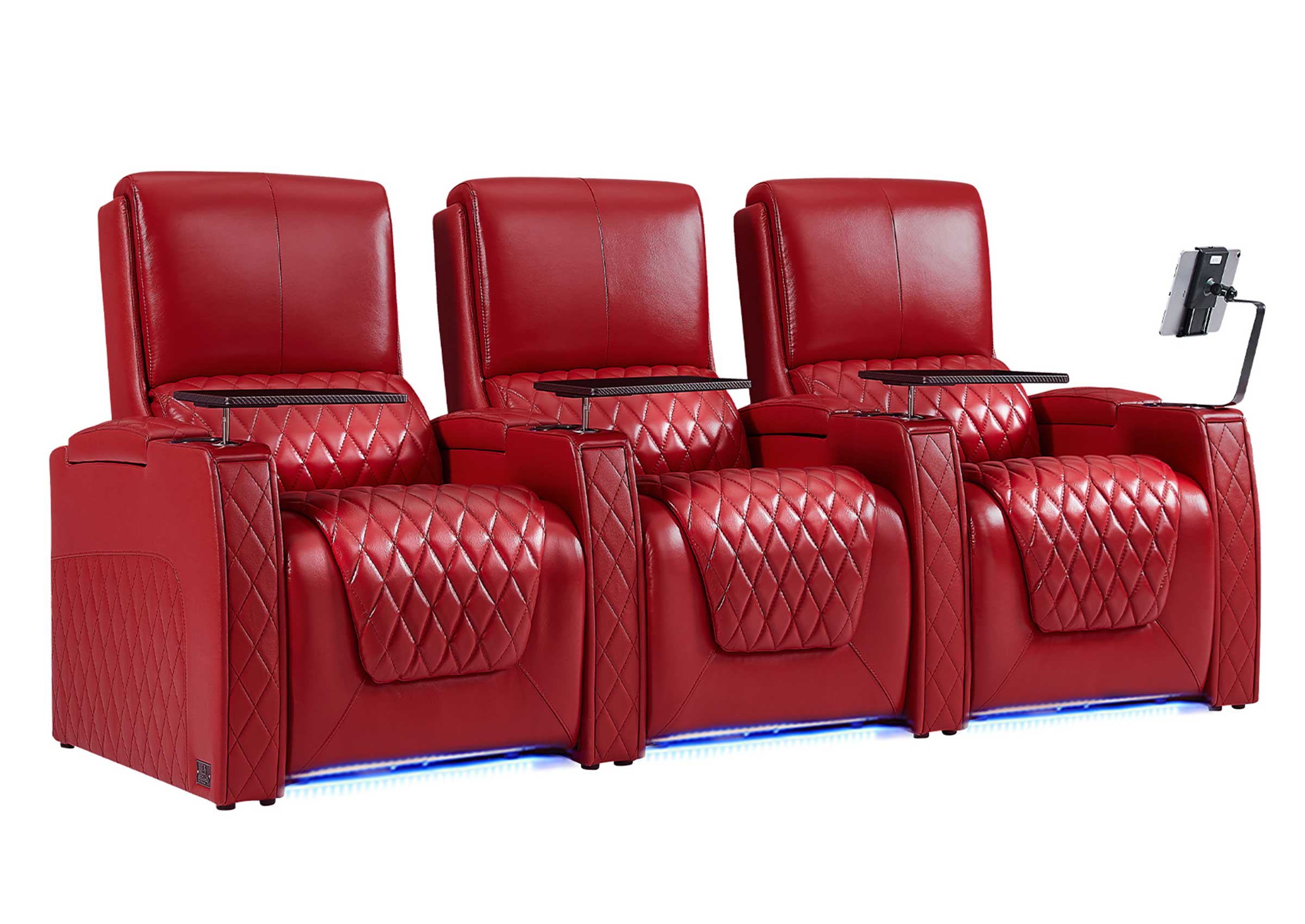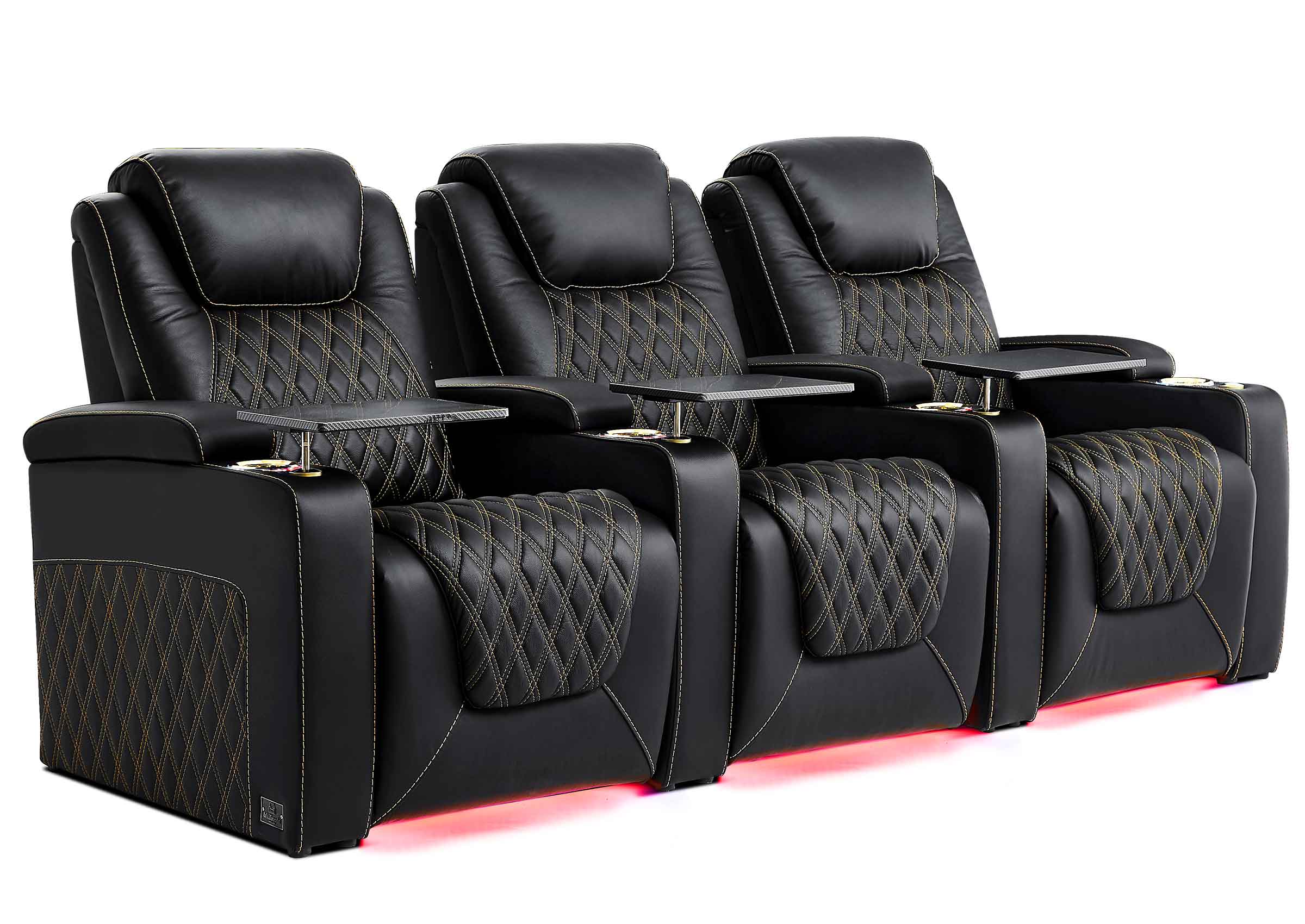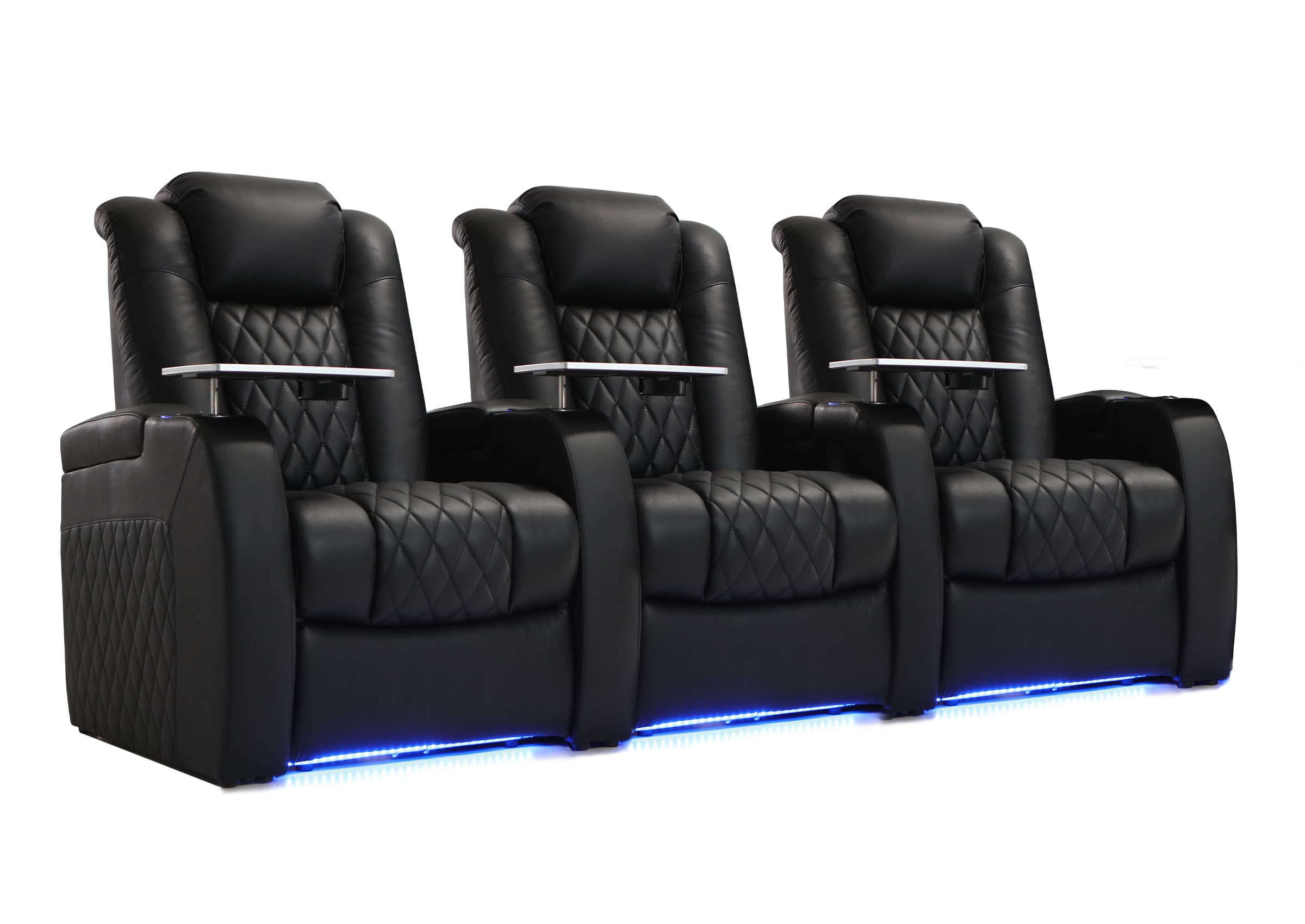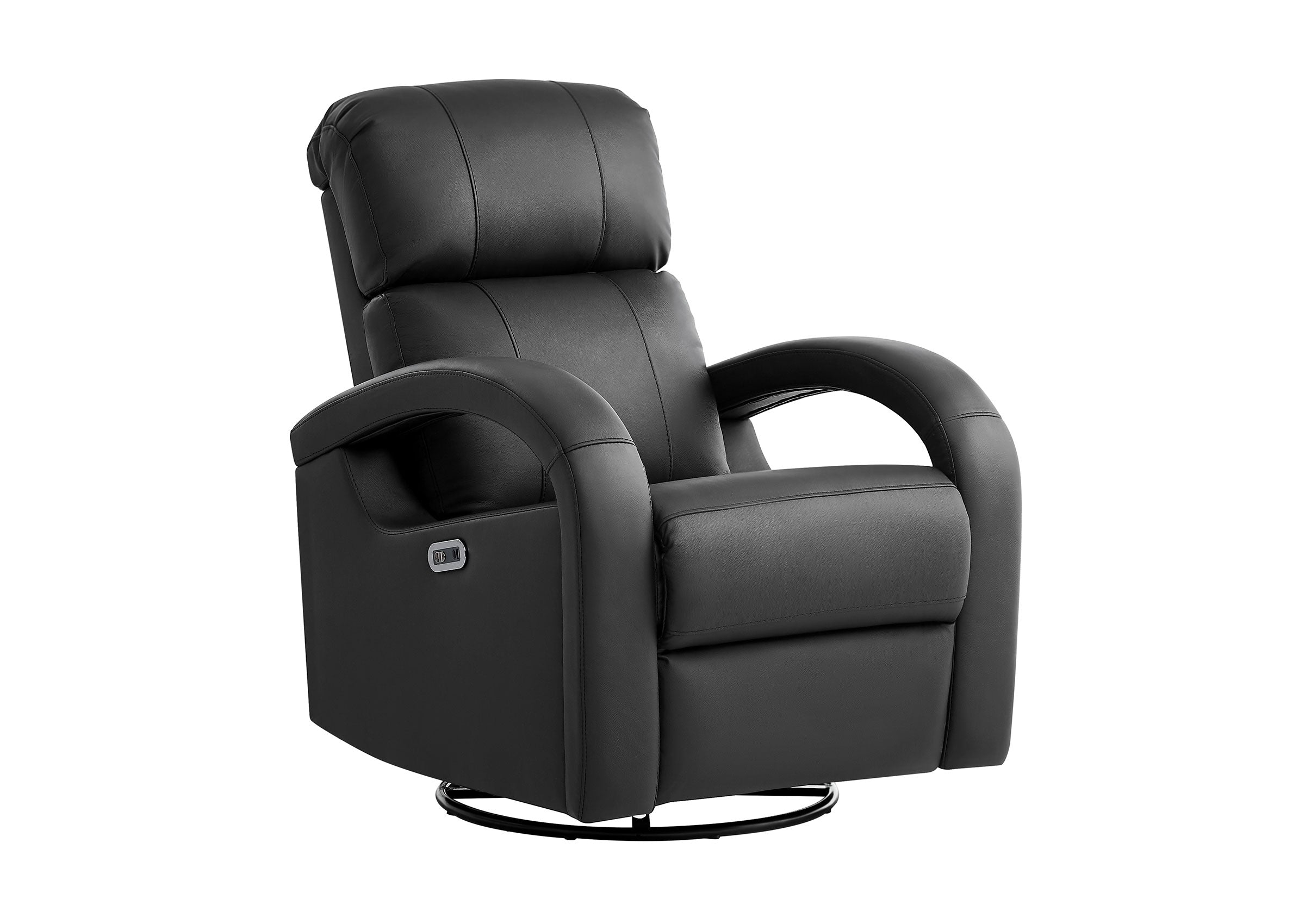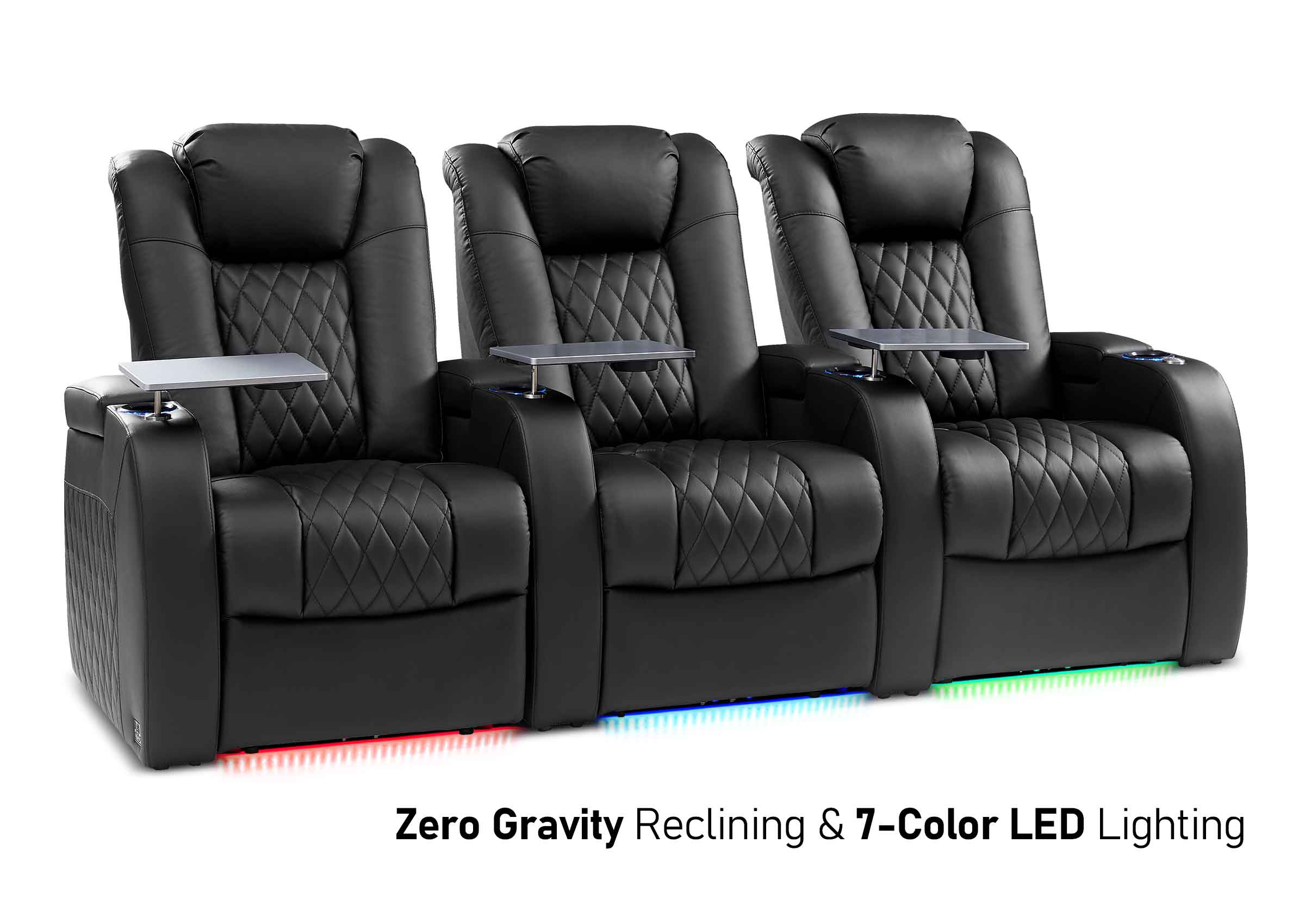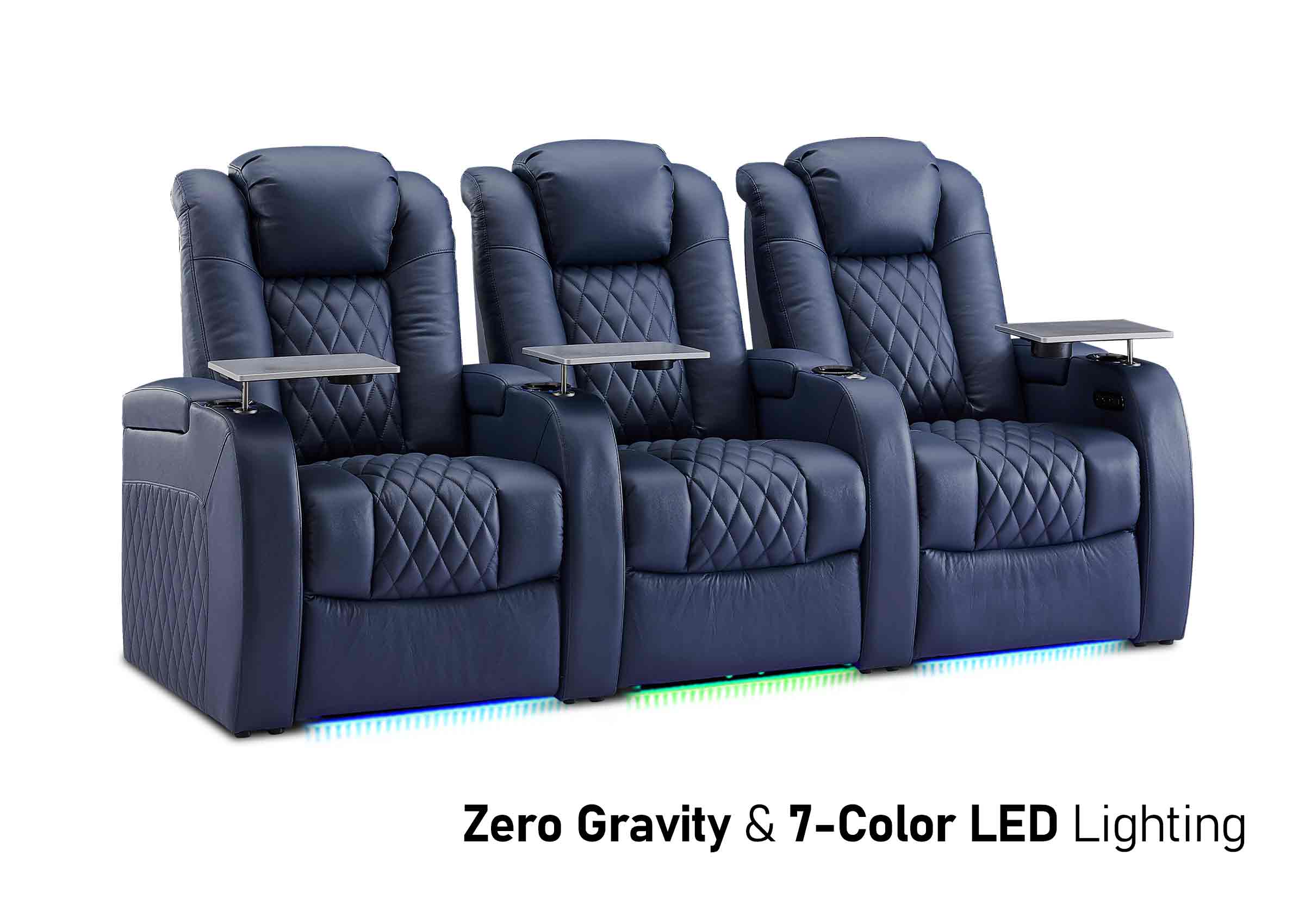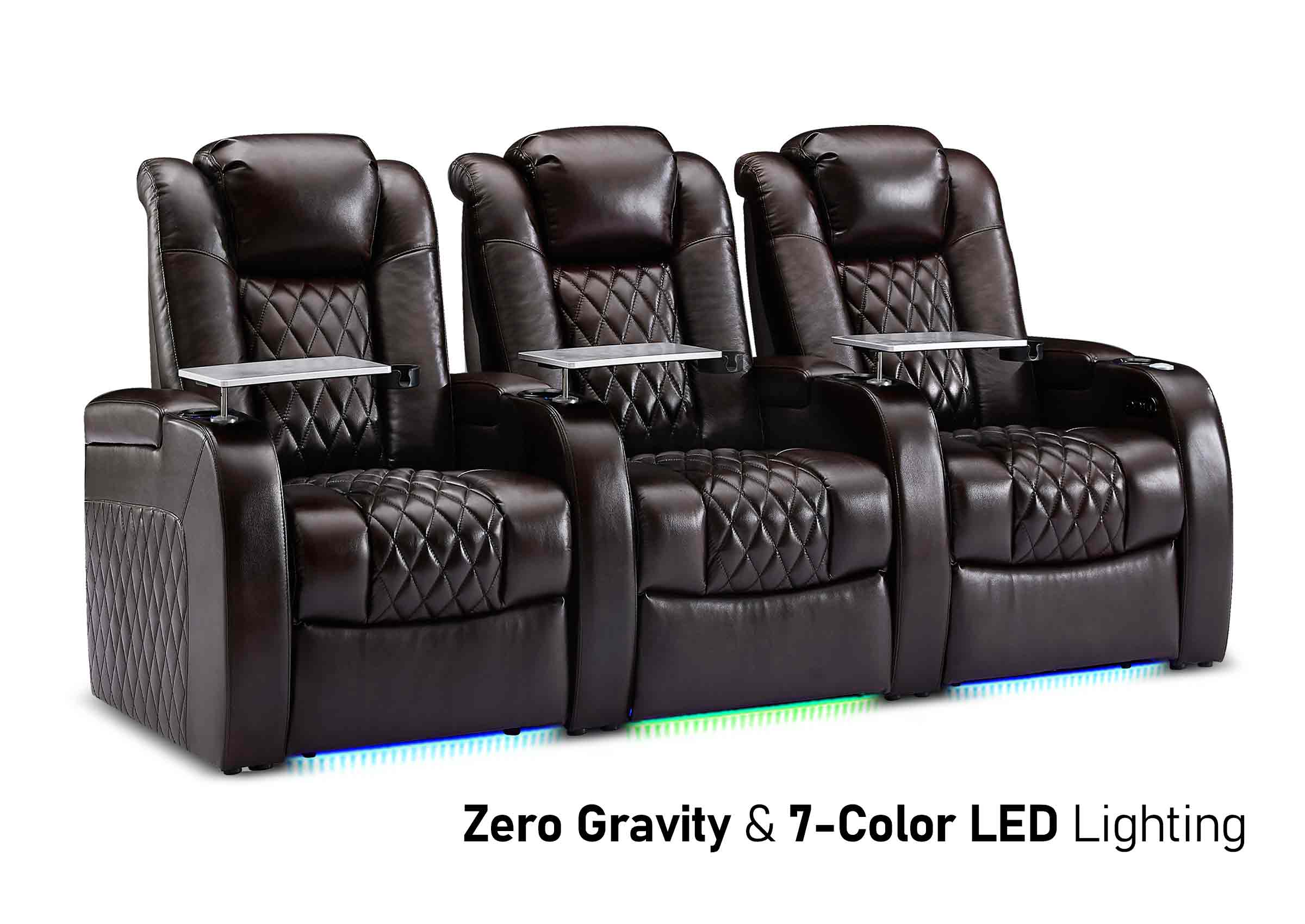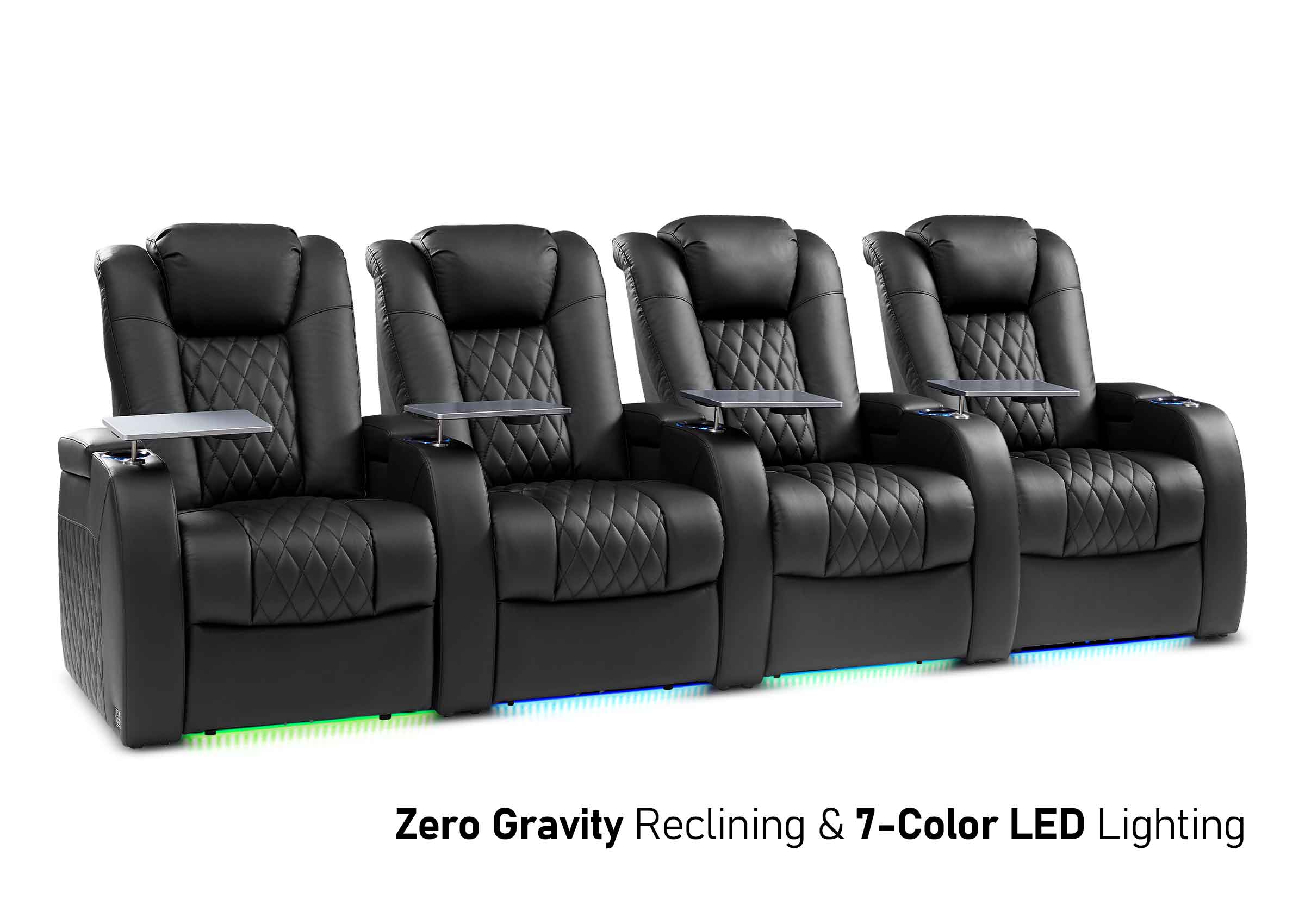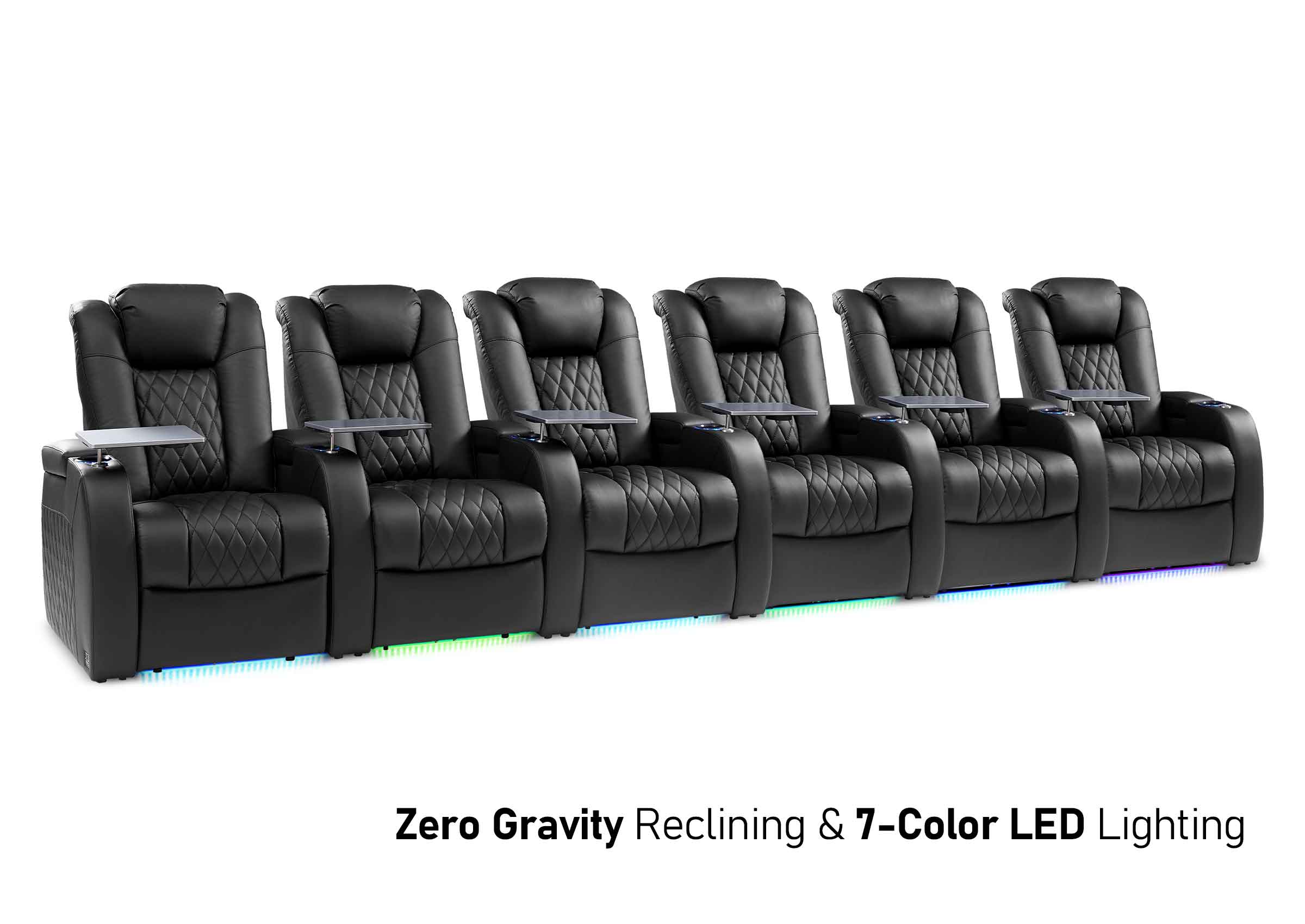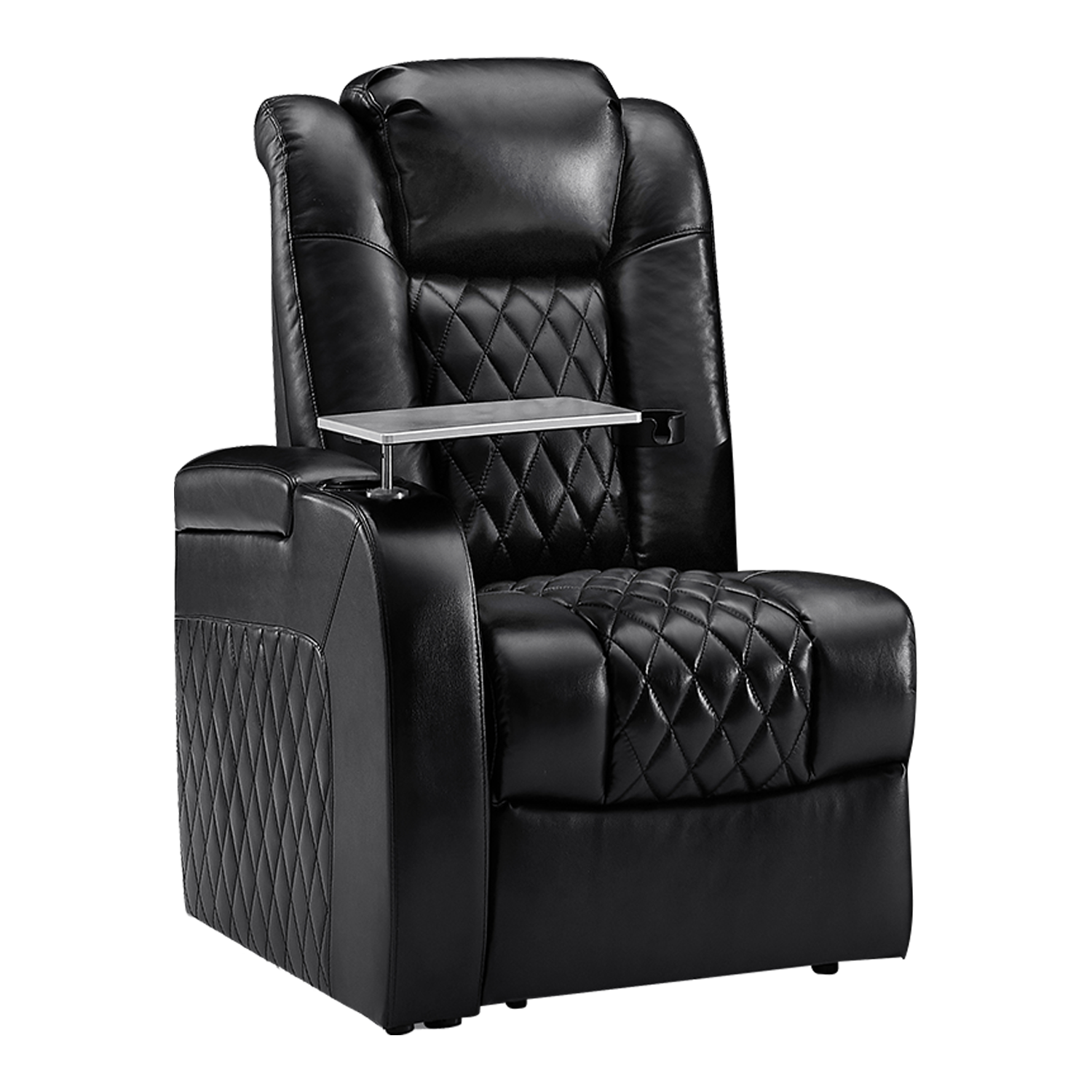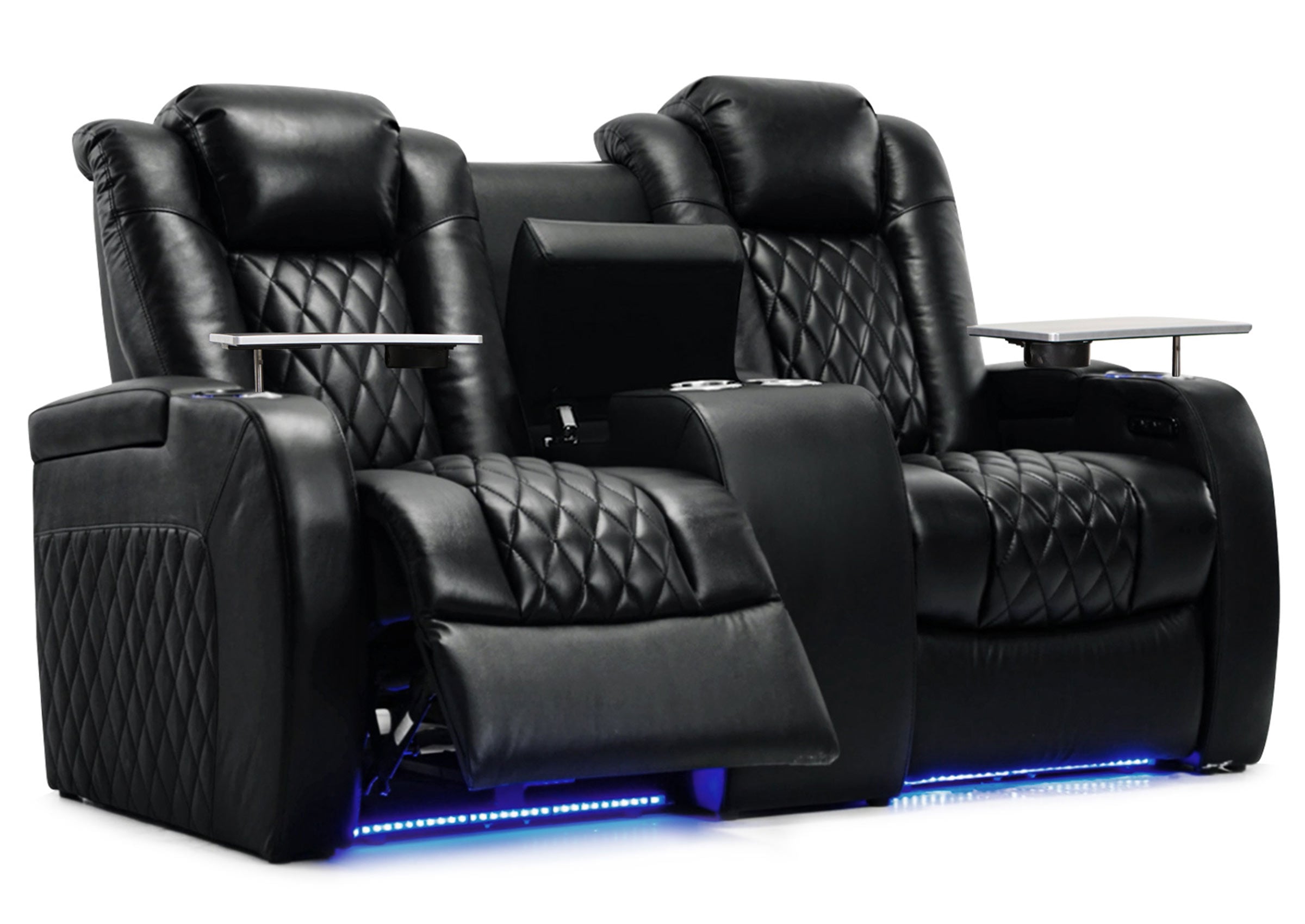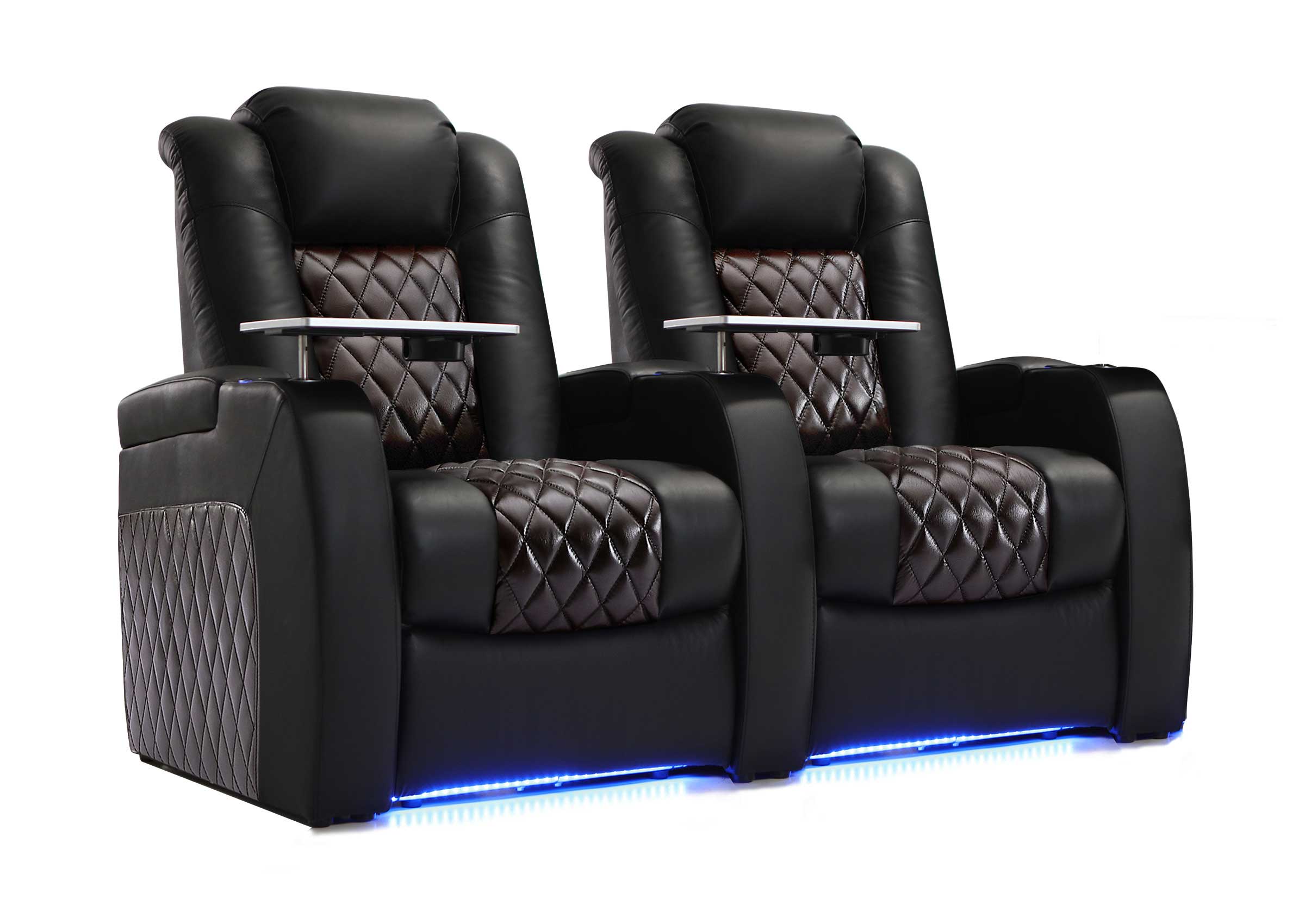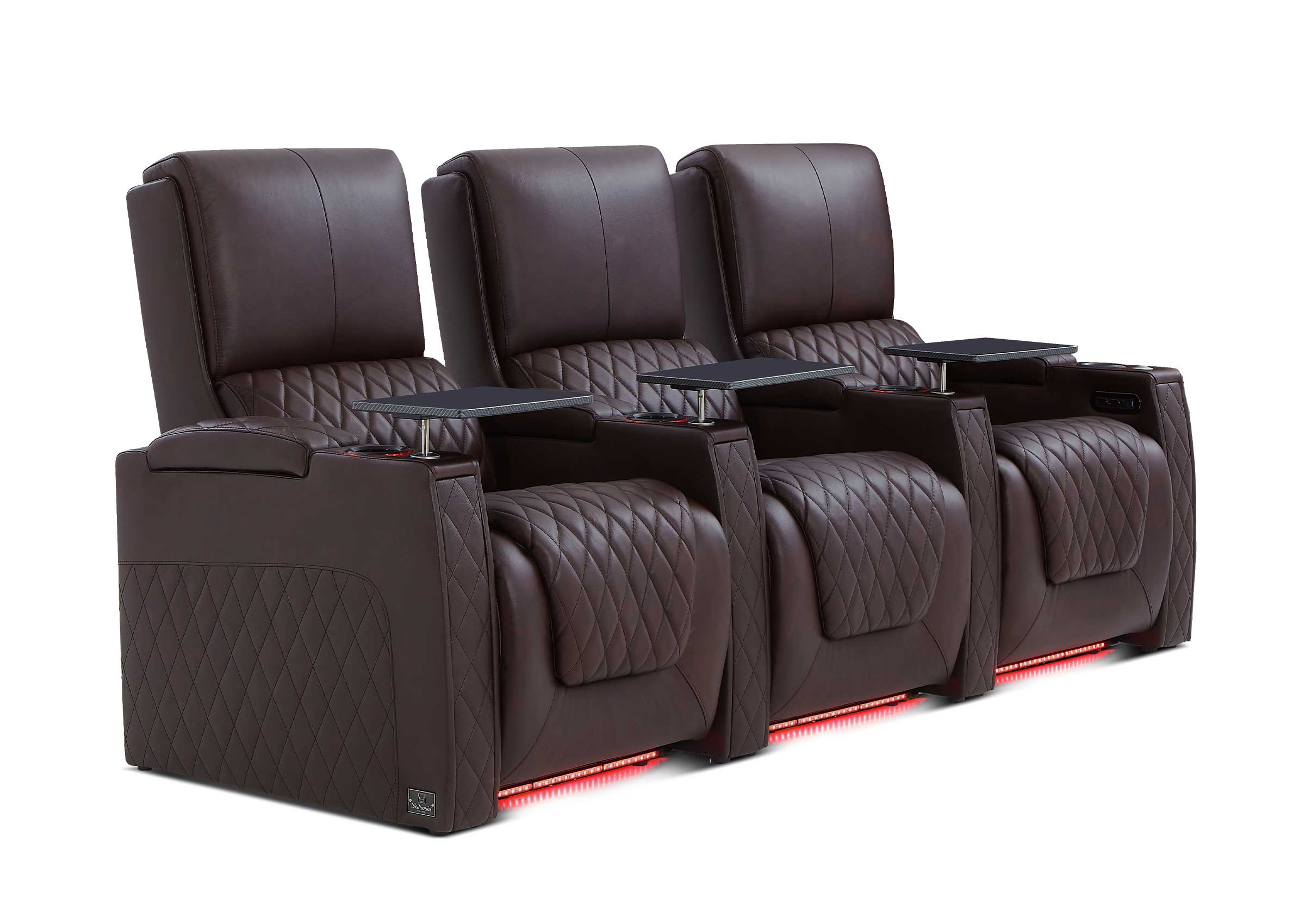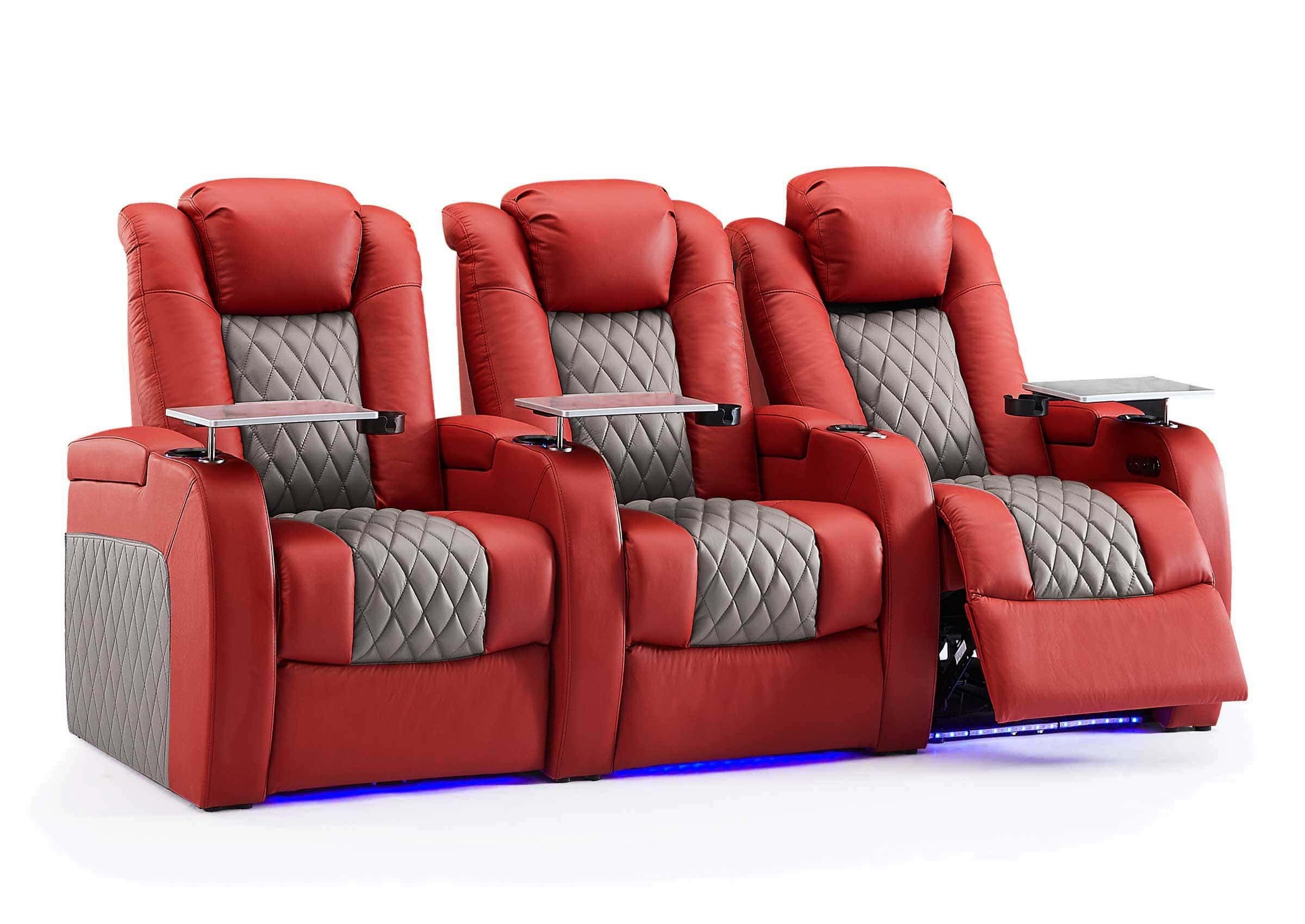In a properly equipped home theater, a projection screen is the undisputed star—a canvas that breathes life into the magic of light and darkness. The correct screen can lift your movie nights to awe-inspiring new levels, and the incorrect one can cause even a first-rate projector to appear lackluster. This guide will be your knowledgeable guide, exploring in depth all the considerations in screen selection so that you can choose the ideal canvas for your room, viewing patterns, and budget.
Screen Size: Is Bigger Always Better?
The most prevalent error in selecting a screen size is blindly adhering to the "bigger is better" philosophy. Although a huge screen undoubtedly makes a strong visual statement, one that's too big will extend beyond your comfortable field of vision. This compels you to either continuously scan your eyes or even move your head to capture information at the frame edges—akin to being seated in a movie theater's front row—which consequently destroys the illusion of immersion. A good screen should precisely fill your main field of vision, providing the feeling of being immersed in the image without inducing visual strain.
So, how do you figure out the ideal size? The critical measurement is "viewing distance"—the straight-line distance from your main seating spot to the screen. Two globally accepted standards offer a scientific foundation for your calculations:
- The THX Standard: This standard is for enthusiasts seeking the most intense and immersive cinematic experience. It recommends a viewing angle of approximately 40 degrees. The formula is: Optimal Screen Diagonal (inches) = Viewing Distance (cm) / 2.13. For example, if your viewing distance is 3.5 meters (350 cm), the ideal THX screen size would be around 164 inches. This is a high-impact choice best suited for dedicated movie buffs.
- The SMPTE Standard: The Society of Motion Picture and Television Engineers (SMPTE) offers a more moderate and versatile standard, recommending a viewing angle of about 30 degrees. This is suitable for most home environments and mixed-use scenarios (watching TV, sports, and gaming). The formula is: Recommended Screen Diagonal (inches) = Viewing Distance (cm) / 2.84. Using the same 3.5-meter viewing distance, the SMPTE recommendation would be approximately 123 inches.
These are not hard and fast rules but starting points based on science. You can adjust the size according to your preference. An excellent best practice is to take painter's tape or cardboard and draw the shape of your desired screen size on the wall. Then, go sit in your viewing chair and observe how it feels. This test will instantly tell you whether the size is actually comfortable for you.

Key Factors: Room Environment and Seating Layout
Aside from viewing distance, the physical properties of your room and your seating plan determine screen choice. A carefully laid plan makes every seat in the house seem like the best seat.
Room Dimensions and Wall Space
Measure the height and width of the wall where you intend to put the screen first. This wall must not only fit the screen itself but also have space to house your front left, right, and center channel speakers (if you don't use an acoustically transparent screen) and possibly any acoustic treatments. Ceiling height will also restrict the vertical size of your screen, a consideration that becomes particularly significant when mulling over a widescreen aspect ratio such as 2.35:1. Keep in mind, in a well-balanced media room, visual balance is equally crucial as audio placement.
Seating Count and Layout
If your home theater has more than one row of seating, things get trickier. You'll need to make sure the view from the rear row won't be blocked by the front row, while still giving those viewers an excellent experience. This could involve specifying a modestly larger screen or creating a riser to put the rear row of seats on. In addition, the screen's ideal "viewing cone" must be taken into account. If your seating is too widespread, viewers at the extreme edges can see a dimmer or color-shifted picture. This relates directly to the screen's "gain" characteristic, which we'll cover next.
Ambient Light Control
Is your projector destined for a dedicated, pitch-black media room, or a multi-purpose living area with windows and ambient light? This is an important question, because it directly influences the type of screen material you want to select. In an area where you can't adequately manage ambient light, a standard white screen will yield a washed-out image with compromised contrast, greatly reducing the projector's performance.

Screen Types: More Than Just a White Sheet
The material and properties of a screen are the soul of your final image quality. Different materials are suited for different environments and needs, and understanding these differences is key to making the right choice.
Gain: The Magic of Brightness
"Gain" is a measurement of a screen's reflectivity.
- Standard White Screen (1.0 Gain): This is the reference standard. It reflects light uniformly in all directions, providing neutral and accurate color reproduction. It is best suited for dedicated, light-controlled dark rooms.
- High-Gain Screen (> 1.2 Gain): This type of screen has a special coating that focuses more light back towards the viewing area, making the image appear brighter. It's a good choice for rooms with some ambient light or for use with lower-lumen projectors. However, its drawbacks include a narrower viewing angle and the potential for "hotspotting" (the center of the image appearing brighter than the edges).
- Low-Gain Gray Screen (< 1.0 Gain): A gray screen improves black levels and overall contrast by absorbing some of the ambient light in the room. This makes dark scenes appear deeper and more detailed. It's an excellent choice for rooms with a small amount of uncontrollable ambient light.
Acoustically Transparent (AT) Screens
In a commercial cinema, the speakers are always hidden behind the screen, allowing sound and picture to emanate from the same point for a perfectly unified experience. You can achieve this same effect at home with an acoustically transparent screen. These screens feature microscopic perforations or a special woven fabric that allows sound to pass through with minimal impact on image quality. This not only creates the most realistic audio-visual integration but also allows for a cleaner and more streamlined front wall aesthetic.
Ambient Light Rejecting (ALR) Screens
For the majority of users looking to enjoy a big-screen experience in their living room, an ALR screen is a revolutionary solution. ALR screens use an advanced optical structure that is engineered to selectively reflect light coming from the projector back to the viewer while absorbing or rejecting light from other angles, such as ceiling lights and windows. Even in a moderately lit room, an ALR screen can produce a vibrant image with high contrast and saturated colors, dramatically expanding the versatility of a projection system.

Fixed Frame vs. Motorized Screens
- Fixed Frame: This is the best choice for a dedicated home theater. The screen material is stretched over a rigid frame, ensuring it remains perfectly flat and free of wrinkles forever. Its simple, reliable construction often makes it a more cost-effective option.
- Motorized Screens: For multi-purpose rooms where you want the screen to disappear when not in use, a motorized screen is the ideal solution. It can retract into the ceiling or a discreet housing. When choosing a motorized screen, pay close attention to its tensioning system. A quality tab-tensioned system is crucial for keeping the screen flat and preventing waves from forming over time.
Matching Aspect Ratio and Resolution
Lastly, make sure your screen's aspect ratio is compatible with the kind of content you view most frequently.
- 16:9: This is the norm for contemporary HDTV, streaming shows, sports, and video games. A 16:9 screen is the safest and most flexible option if you view a wide range of content.
- 2.35:1 (or 2.40:1): This is the "CinemaScope" aspect ratio used for the vast majority of blockbuster films. If you are a die-hard movie fan who wants an authentic cinematic experience without black bars on the top and bottom, this ultra-wide screen will deliver an unparalleled epic feel. Note that when watching 16:9 content, you will have black bars on the sides.
Meanwhile, make sure the surface of the screen is smooth enough to resolve the detail of your projector. A high-quality 4K or 8K projector requires a screen with a very smooth surface to reproduce each pixel in perfect clarity.
Your Canvas, Your Ultimate Cinema
Selecting a home theater screen is an exciting process of discovery. It isn't a matter of pursuing one spec but of achieving the ideal compromise among your room, your budget, your viewing habits, and your passion for quality. By calculating your size scientifically, grasping the influence of your environment, and choosing the correct screen type and material, you can identify the ideal canvas for your home theater—illuminating your very own, second-to-none world of cinema.








